As a professional PPE supplier in China since 2009, Ningbo Toprise Security Porducts Co, Ltd has been devoted to providing various safety products and professional consulting service for all our clients. The topic today is to look into the essential types of PPE for painting.
Importance of PPE for Painting
PPE for painting typically includes a range of safety products, designed to protect different parts of the body. On one hand, the safety products protect painters from any potential injuries. On the other hand, they enhance their overall efficiency and comfort.
Types of PPE for Painting
Common types of PPE for painting shall include respiratory protection, eye protection, hand protection, body protection and foot protection.
Respirators for Painting
Respirators is one of the most important parts of PPE for painting. We are to mention 4 types of face masks for painting in this blog.
Dust Masks for Painting
Basic Dust Masks for Painting: They are lightweight, single-layered or 3-ply. The dust masks help filter out non-toxic dust and and non-oily particulates in the air. However, they cannot be used in harsh painting environments with lots of chemical gases or vapors.

KN95 Respirators for Painting provide a higher level of protection than standard dust masks. They can filter out at least 95% of airborne particles, including dust and certain aerosols.
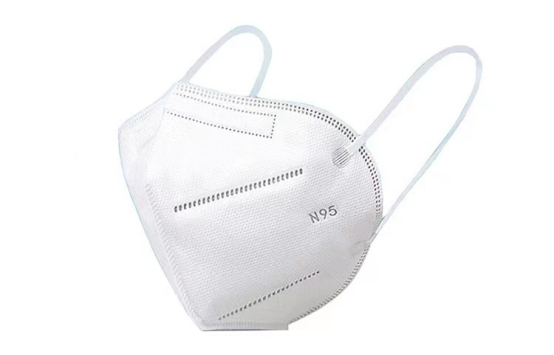
When to Use
They could be used in light-duty tasks against non-toxic dust, such as:
- Sweeping or cleaning.
- Light sanding and finishing work.
- Activities in dusty environments without harmful chemicals.
Half-Face Respirators for Painting
Half-face respirators cover the nose and mouth. To deal with specific gases and vapors effectively, they can be used with various filters and cartridges in different environments like painting, chemical handling, and construction.
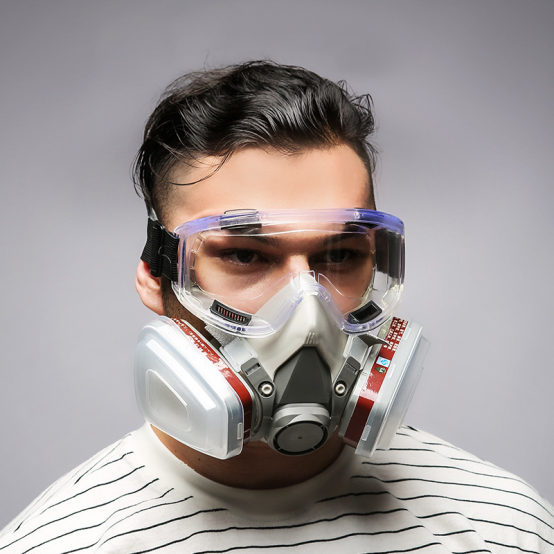
But the respirators cannot protect the eyes from splashes or vapors. So they usually goes with safety goggles. A proper fit would be necessary for effective respiratory protection. And regular cleaning and replacement of filters and cartridges would be very important.
When to Use
- Spray painting with solvents and chemical products.
- Work in environments with moderate levels of dust, fumes, or vapors.
- Perform tasks in confined spaces with limited ventilation.
Full-Face Respirators
Full-face respirators cover the entire face, including the eyes. They feature a clear visor for visibility and a seal around the face to ensure a tight fit. Similar to the half-face masks, their cartridges can filters can also be adjusted based on practical environments.

Full-face respirators can be bulkier than half-face models. And they generally are more expensive than disposable masks or half-face respirators.
When to Use
- Spray painting with solvents and chemicals.
- Working in confined spaces with poor ventilation.
- Performing tasks that generate fine dust or particulates.
Eye Protection for Painting
Safety glasses or goggles are a second significant part of PPE for painting.
Safety Goggles for Painting
Safety goggles are necessary for eye protection from harmful substances, dust, and splashes during painting. The protective eyewear typically features a snug fit and a durable lens against impacts and chemical exposure. Below are two types of goggles for painting for reference.
Standard Safety Goggles provide basic protection against flying debris and light splashes. They usually have indirect ventilation to prevent fogging. PC lens and PVC lens are available. Usually, PC lens for safety goggles are of better visibility.

Chemical-Resistant Goggles are often featured with anti-fogging performance for eyes protection against chemical splashes and vapors. They often have a tighter seal.
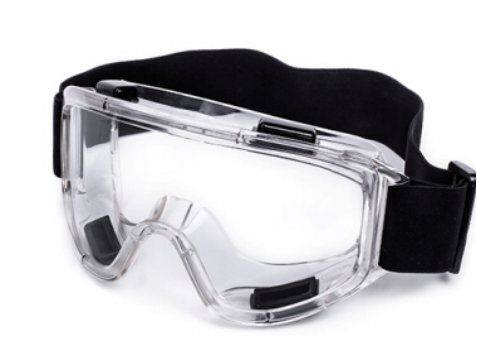
Do remember to select safety goggles with anti-fog coatings or ventilation features for painting use. Limited airflow could lead to poor visibility and discomfort.
When to Use
- Spray painting with solvents or chemicals that may splash.
- Working in dusty environments where particulates can irritate the eyes.
- Any situation where there’s a risk of eye exposure to hazardous materials.
Safety Glasses for Painting
In addition, the safety glasses can also be suitable for painting tasks.
| Feature | Safety Glasses | Safety Goggles |
| Protection Level | Protects against impact and flying debris; limited splash protection. | Provides comprehensive protection against splashes, dust, and particulates. |
| Fit and Coverage | Sits on the face and does not seal around the eyes; less coverage. | Provides a snug fit around the eyes, offering better overall coverage. |
| Ventilation | Anti-fogging coating | Often includes indirect ventilation to prevent fogging while maintaining a seal. |
| Visibility | Provides good visibility and peripheral vision. | Clear lenses but may limit peripheral vision slightly due to the frame design. |
| Applications | Suitable for tasks with minimal splash risk, like light sanding. | Recommended for painting tasks with potential chemical splashes or heavy dust. |
| Durability | Typically made from polycarbonate; less resistant to chemicals. | Made from more durable materials, often resistant to chemicals and solvents. |
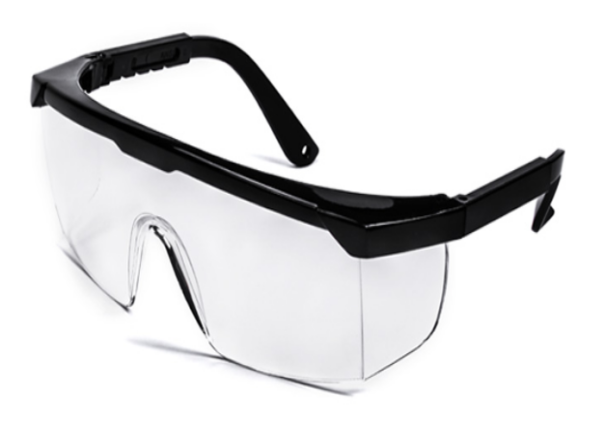
Gloves for Painting
Gloves cannot be forgotten while choosing the right PPE for painting. The right gloves for painting can protect the hands from chemicals, solvents, and physical abrasions. We shall use different types of gloves in environments of different types of paints and chemicals.
- Latex Gloves offer good dexterity. They are more suitable for using in handling water-based paints instead of solvent-based product.
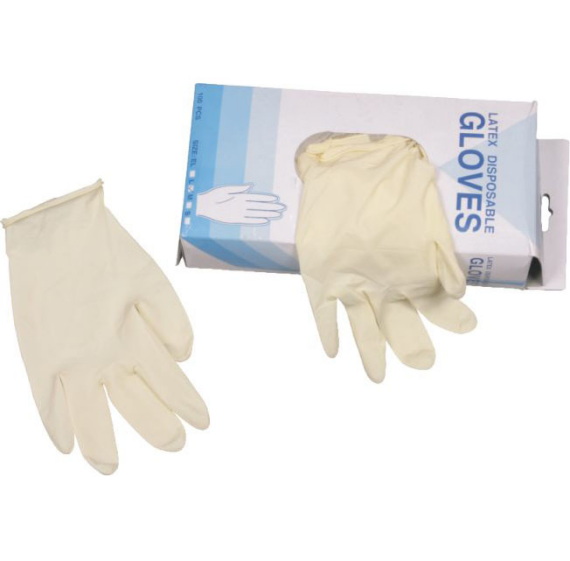
- Nitrile Gloves are more durable and resistant to chemicals and solvents. They work better in handling oil-based paints and strong cleaning agents.
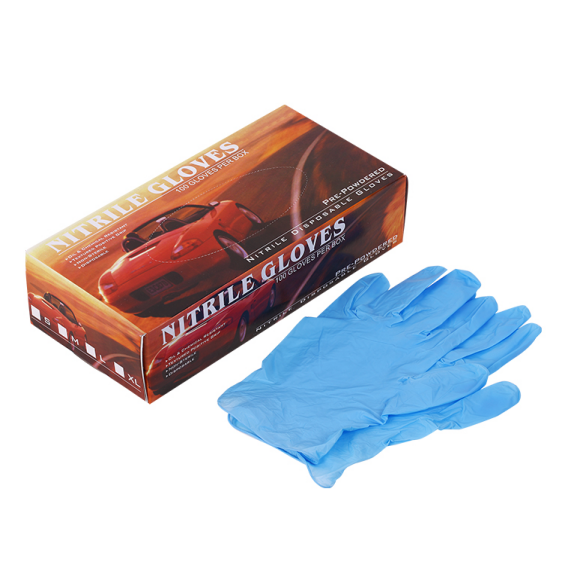
- Vinyl Gloves are the most cost-effective. They are suitable for light-duty tasks. And the vinyl gloves are less durable than the other two mentioned gloves above.
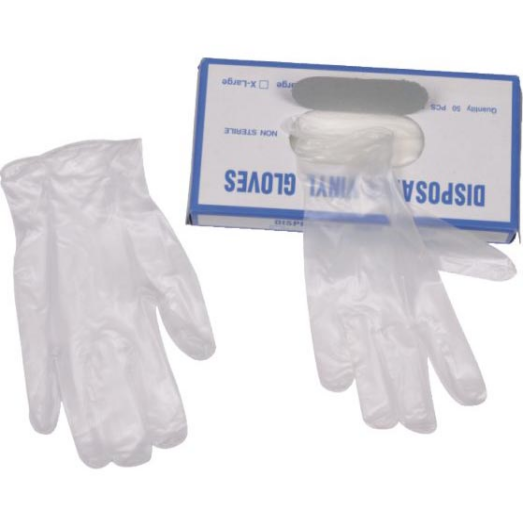
- Latex Coated Gloves for Painting have better flexibility, breathability and grip feature. The latex coating gloves can help repel water and some water-based paints.
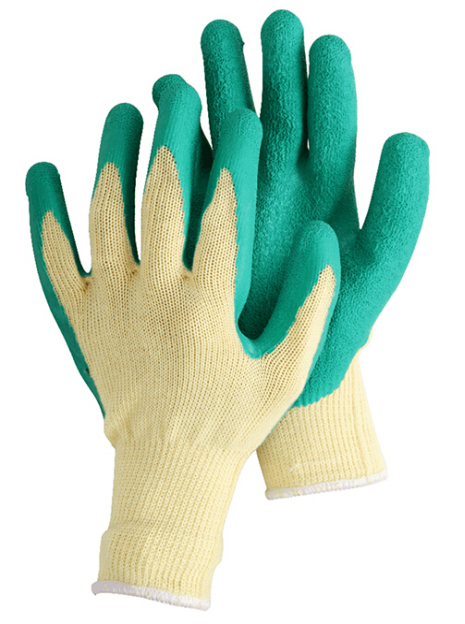
- Nitrile Coated Gloves for Painting can protect hands in handling oil-based paints, solvents, chemicals and cleaning agents. Besides, the nitrile coated gloves can be more resistant to punctures and abrasions than latex. So they are relatively more durable.
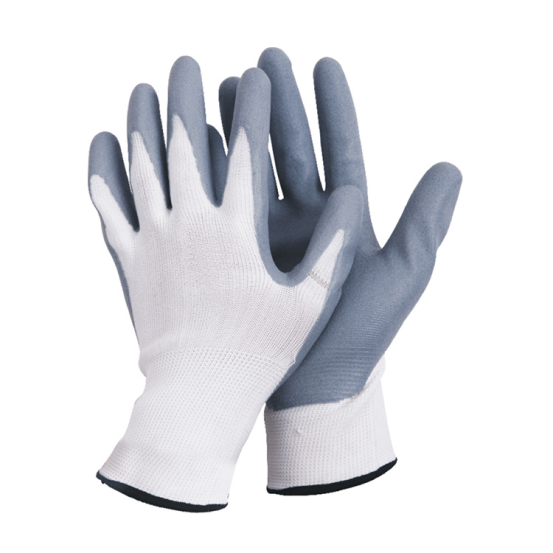
Protective Clothing for Painting
- Disposable Coveralls for Painting are made from lightweight, non-woven materials. The non-woven coveralls are for single-use in low-risk situations like quick clean-up.

- Reusable Coveralls for Painting are typically made from durable fabrics like cotton or polyester. They offer better protection and comfort. Below is a table to compare the cotton coverall and polyester coverall.
| Feature | Cotton Coverall | Polyester Coverall |
| Material | Made from natural cotton fibers. | Made from synthetic polyester fibers. |
| Breathability | Highly breathable, allowing for good airflow. | Generally less breathable than cotton, but some models offer moisture-wicking properties. |
| Durability | Soft and comfortable but can wear out faster. | More durable and resistant to wear and tear. |
| Chemical Resistance | Limited resistance to chemicals and stains; may absorb liquids. | Better resistance to chemicals and spills; typically easier to clean. |
| Moisture Management | Absorbs moisture, which can lead to discomfort in humid conditions. | Often designed to wick moisture away, keeping the wearer drier. |
| Maintenance | Can shrink in wash; requires careful laundering. | Typically machine washable; less prone to shrinking. |
- Chemical-Resistant Coveralls are made from specialized PE-compound breathable fabrics that resist water, oil, chemicals and solvents.
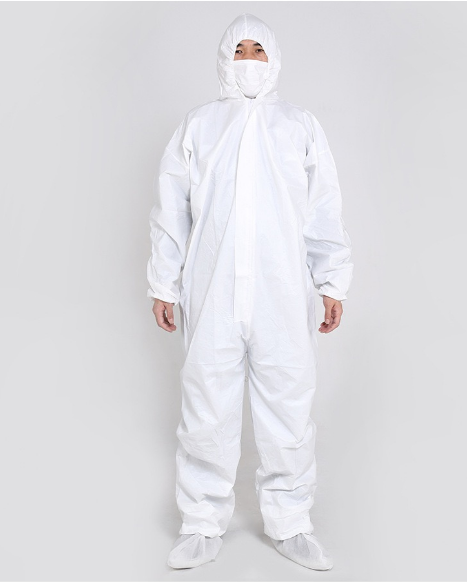
Safety Boots for Painting
Safety boots can protect feet during painting and other construction-related tasks. They often feature reinforced toe caps, slip-resistant soles, and materials resistant to chemicals and paints.
- Steel-Toe Boots provide protection against heavy objects falling on the feet.
- Chemical-Resistant Boots can resist various chemicals and solvents, ideal for environments where spills may occur.
- Slip-Resistant Boots goes with pecialized soles that enhance grip on slippery surfaces.
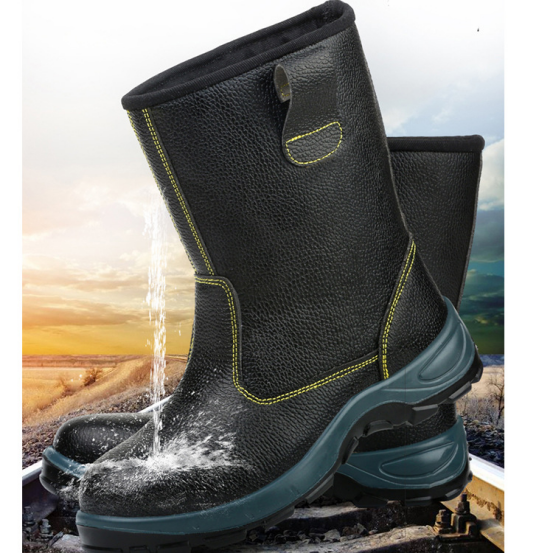
Conclusion
From head to toe, the required PPE for painting shall be properly selected for effective protection, whether the safety products suggested are disposable or reusable. To place an order on safety items, contact us for further talk.


